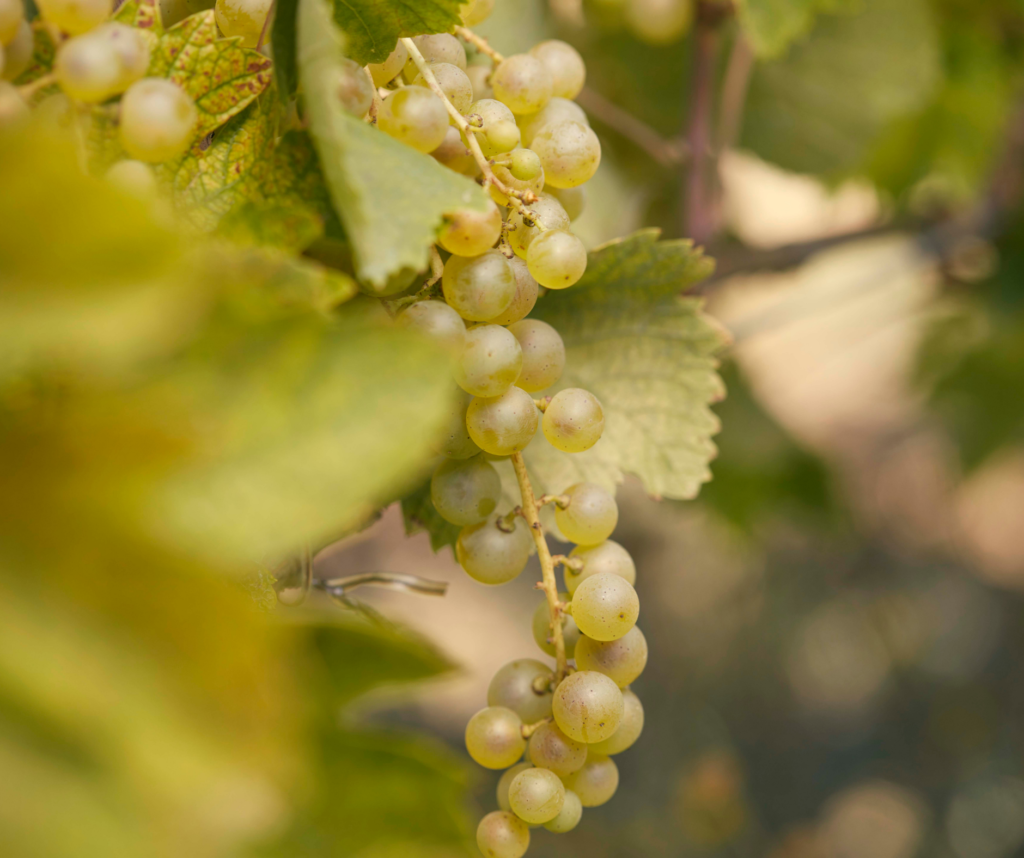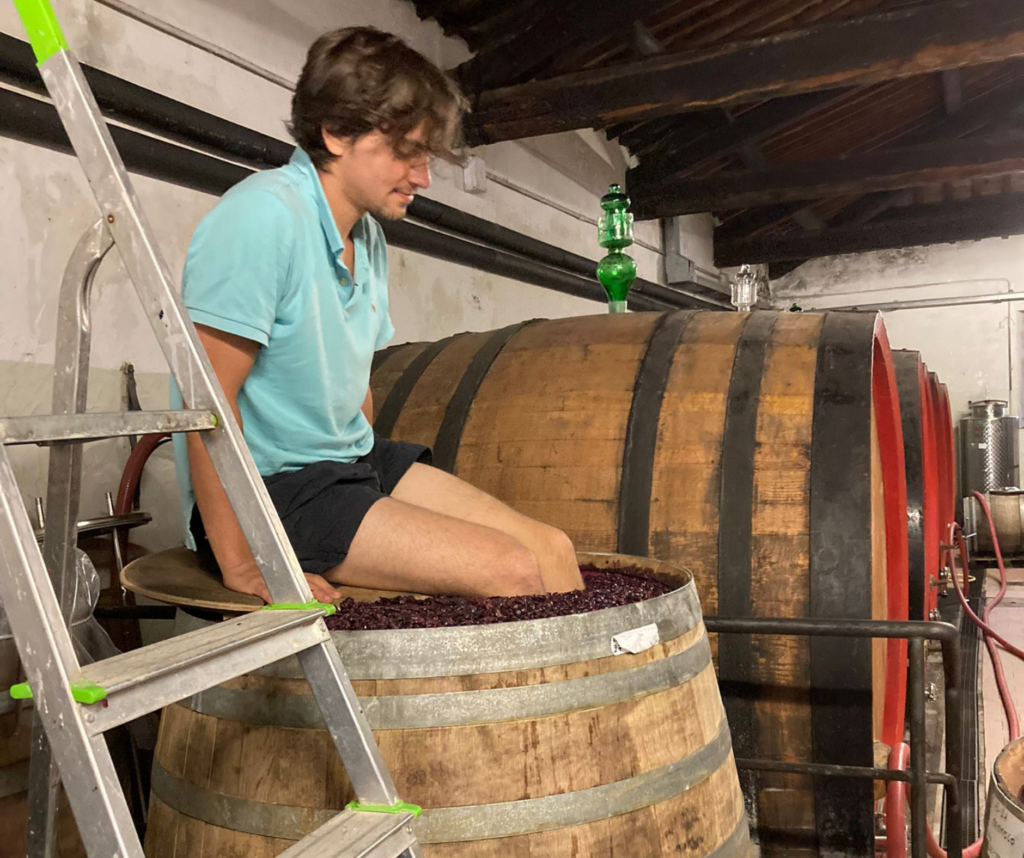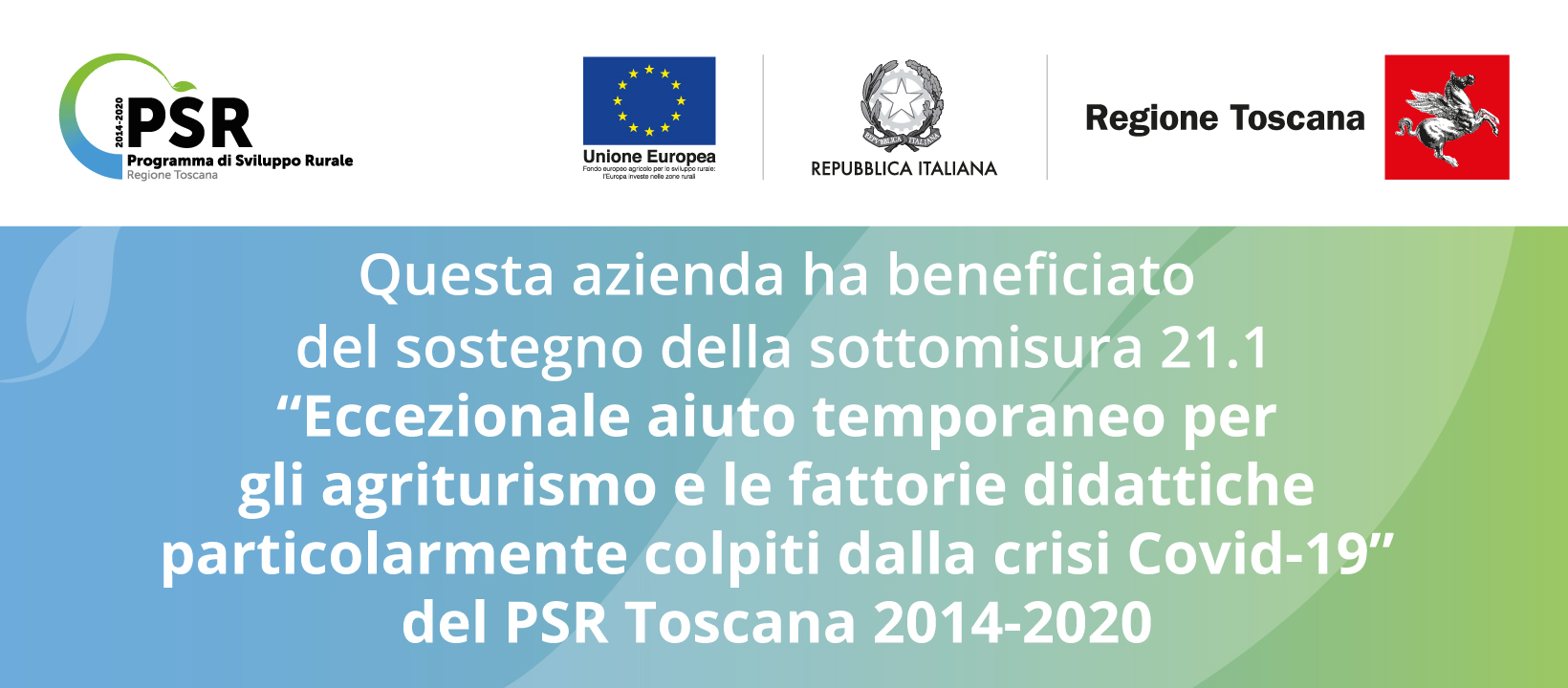Harvest 2021
Autumn Recipes
29 October 2021Pruning time
6 April 2022The weather pattern in Chianti for 2021 was characterized by a rather cold and rainy January and February but at the same time by a very dry March with temperatures decidedly above the seasonal average, especially in the last decade, which favored the start of budding of the vines. Unfortunately, this early spring was followed by a very cold beginning of April characterized by two-night frosts, on 7 and 8 April, which drastically reduced the number of productive buds on the plant. The thermal shock suffered by the vines and the climatic trend of the months of April and May, particularly cold and rainy, led to a delay in flowering which took place after the first ten days of June.

The vegetative explosion due to the sudden increase in temperatures in June caused many difficulties in the management of the canopy but the rather dry climate in the summer months and the timeliness of the interventions did not allow the downy mildew to develop. On the other hand, the fight against powdery mildew was more problematic, also due to rather frequent ventilation which, in addition to conveying the spores of the fungus, contributed together with the absence of rain to dry out the soil. Temperatures in the summer months have always remained average with a good excursion between day and night until the days around August 15th when the African subtropical anticyclone, called Lucifer, arrived and caused severe damage to the grapes of the younger vines, which normally have a less developed canopy and a root system more sensitive to drought, especially those planted on plots with western and southern exposure where the afternoon sun has hit the most.

Due to the combination of the frost in April, the sunstroke in August and the summer drought, the production was very small in quantity and the harvesting time went back to ancient times when Sangiovese was rarely picked before the month of October. The lack of water in the soil, which certainly led to a physiological slowdown of the vine, in certain vineyards the veraison of Sangiovese was completed in early September, and the persistent absence of rain in September and October in the Val di Greve combined though with an optimal thermal excursion between day and night favored a rather balanced maturation even if slowed down by the drought. Our harvest began on 23 August with the harvest of Sangiovese grapes to produce our sparkling Mauvais Chapon and ended for the red grapes on 6 October with the last Sangiovese vineyard and on 26 October for the white grapes with the Tor Solis vineyard located at 720 meters above sea level. Thanks to a meticulous and painstaking selection in the vineyard we were able to eliminate almost all the grapes dried out by the August sun. Musts, in fact, are generally characterized by a fairly high sugar content, but lower than those of 2017, and by a nice freshness, a non-trivial element to obtain and maintain in a vintage like this.




